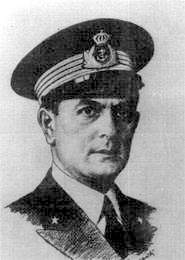 W
WEnrico Baroni was an Italian naval officer during World War II.
 W
WArchduke Charles Louis John Joseph Laurentius of Austria, Duke of Teschen was an Austrian field-marshal, the third son of Emperor Leopold II and his wife, Maria Luisa of Spain. He was also the younger brother of Francis II, Holy Roman Emperor. Despite being epileptic, Charles achieved respect both as a commander and as a reformer of the Austrian army. He was considered one of Napoleon's more formidable opponents.
 W
WPrince Ferdinand of Savoy, 1st Duke of Genoa was the founder of the Genoa branch of the House of Savoy.
 W
WSir Bernard Gascoigne (1614–1687) was an Italian military adventurer and diplomat, known as a royalist officer of the English Civil War.
 W
WArchduke John of Austria, a member of the House of Habsburg-Lorraine, was an Austrian field marshal and imperial regent (Reichsverweser) of the short-lived German Empire during the Revolutions of 1848.
 W
WArchduke Johann Salvator of Austria was a member of the Tuscan branch of the House of Habsburg-Lorraine. He was Archduke and Prince of Austria, Prince of Hungary, Bohemia and Tuscany. After renouncing those titles, he was known as Johann (John) Orth. He disappeared while sailing with his wife in July 1890 and is believed to have died when his ship encountered a storm near Cape Horn. Salvator was declared dead in absentia in February 1911.
 W
WArchduke Karl Salvator of Austria, in Italian Carlo Salvatore Maria Giuseppe Giovanni Battista Filippo Jacopo Gennaro Lodovico Gonzaga Raniero, in German Karl Salvator Maria Joseph Johann Baptist Philipp Jakob Januarius Ludwig Gonzaga Ranier, was a member of the Tuscan branch of the House of Habsburg.
 W
WFrancesco de' Medici was the fourth son of Grand Duke Cosimo II of Tuscany and his wife, Maria Maddalena of Austria. He died unmarried.
 W
WDon Giovanni de' Medici (13 May 1567, in Florence – 19 July 1621, in Murano) was an Italian military commander, diplomat and architect.
 W
WLorenzo Orsetti, also known as Orso and Tekoşer Piling, was an Italian anarcho-communist and antifascist from Florence who fought with the Syrian Democratic Forces in the Rojava conflict.
 W
WOttavio Piccolomini was an Italian nobleman whose military career included service as a Spanish general and then as a field marshal of the Holy Roman Empire.
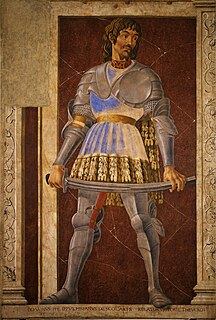 W
WFilippo Buondelmonti degli Scolari, known as Pippo Spano, was an Italian magnate, general, strategist and confidant of King Sigismund of Hungary, born in the Republic of Florence. The personal friend of Sigismund and member of the Order of the Dragon, he was buried in the Székesfehérvár Basilica beside the Hungarian kings.
 W
WFra Giovanni Francesco Ricasoli was a Florentine knight within the Langue of Italy of the Order of St. John of Jerusalem. He held several commands within the Order's navy, and is mostly known for being the namesake of Fort Ricasoli.
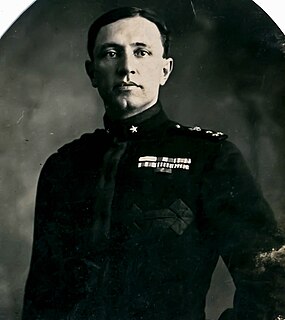 W
WRomano Romanelli was an Italian artist, writer, and naval officer. He is best known for his sculptures and his medals.
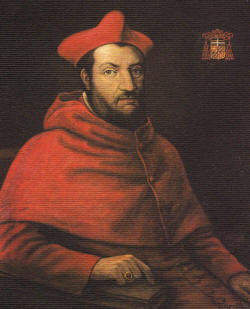 W
WBernardo Salviati was an Italian condottiero and Roman Catholic Cardinal.
 W
WFilippo di Piero Strozzi was an Italian condottiero, a member of the Florentine family of the Strozzi. He fought mainly for France.
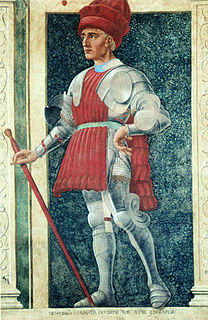 W
WManente degli Uberti, known as Farinata degli Uberti, was an Italian aristocrat and military leader of the Ghibelline faction in Florence. He was considered to be a heretic by some of his contemporaries, including Dante Alighieri, who mentioned Farinata in his Inferno.